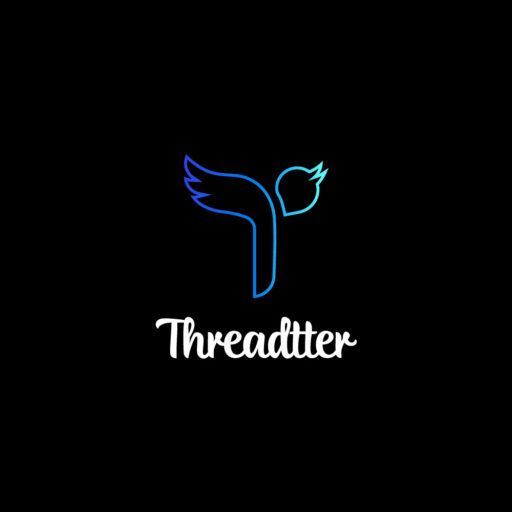The Power Duo: OpenAI and Microsoft’s AI Ambitions
The collaboration between OpenAI and Microsoft has been one of the most defining partnerships in artificial intelligence. With Microsoft’s multibillion-dollar investment and OpenAI’s groundbreaking research, the duo has pushed AI boundaries, particularly with the launch of ChatGPT and its integration into Microsoft’s products. But as this partnership deepens, concerns are growing: Is this collaboration fostering innovation, or is it laying the groundwork for an AI monopoly?
How We Got Here: The Evolution of OpenAI and Microsoft’s Partnership
OpenAI began as a nonprofit research lab in 2015, focused on ensuring artificial general intelligence (AGI) benefits all of humanity. However, as AI research became more expensive, OpenAI transitioned to a capped-profit model and sought strategic funding. Microsoft stepped in as a key investor, committing $1 billion in 2019 and following up with additional investments, reportedly reaching $13 billion by 2023.
This partnership has given OpenAI access to Microsoft’s cloud computing infrastructure, particularly Azure, which provides the immense computing power necessary to train and deploy large AI models. In return, Microsoft gained a preferred relationship with OpenAI, integrating its advanced models into products like Microsoft 365 Copilot and Azure AI services.
| Year | Investment by Microsoft |
| 2019 | $1 billion |
| 2023 | $13 billion |
Comparing Microsoft’s Investment in OpenAI vs. Broader AI Investment Trends
Microsoft’s investment in OpenAI is distinct in its scale, exclusivity, and strategic intent. Unlike traditional venture capital or diversified AI investments by tech giants, Microsoft’s funding structure gives it a unique level of control over OpenAI’s technological developments and commercialization.
Microsoft’s Investment in OpenAI
- Total Investment: Over $13 billion in multiple funding rounds
- Investment Structure: Equity stake + exclusive licensing rights to OpenAI’s models (GPT, DALL·E)
- Strategic Control: Deep integration of OpenAI’s technology into Microsoft products (e.g., Azure AI, Copilot)
- Cloud Dependency: OpenAI relies entirely on Microsoft Azure for its cloud infrastructure
- Revenue Share: Microsoft earns a share from OpenAI’s API revenue and commercialization deals
How Other Investors Approach AI Funding
Unlike Microsoft’s centralized approach, other AI investors take a diversified strategy:
| Investor | Company/AI Project Funded | Investment Type | Key Focus |
| DeepMind, Anthropic | In-house R&D, VC | AGI & AI safety | |
| Amazon | Anthropic | $4 billion stake | Generative AI for AWS |
| Meta | Open-Source AI (Llama) | Internal funding | Open AI development |
| Nvidia | Multiple AI startups | Chip & ecosystem funding | AI hardware acceleration |
| Venture Capital | Various AI startups | Early-stage funding | Broad AI innovation |
AI Domination or Market Disruption? Key Concerns About the Partnership
1. Microsoft’s AI Influence: Too Much Power in One Ecosystem?
The deep integration of OpenAI’s models into Microsoft’s ecosystem raises concerns about market concentration. With GPT-powered features embedded in Microsoft’s software suite, competitors face challenges in matching its AI capabilities. While Google, Meta, and Anthropic are also developing AI models, OpenAI’s close ties with Microsoft give it a significant advantage in enterprise adoption.
A study by the Competition and Markets Authority (CMA) in the UK found that cloud providers with strong AI integrations tend to dominate market share, leading to reduced competition in emerging AI sectors. Microsoft’s growing cloud-AI synergy follows a similar trajectory.
2. Stifling AI Competition?
The AI industry thrives on competition, driving faster innovation and better consumer choices. However, with Microsoft being OpenAI’s primary partner, smaller AI startups may find it difficult to compete, both in terms of resources and market access. The concern is that Microsoft’s strong position in cloud computing, software, and AI could limit diverse AI development.
According to a 2023 McKinsey report, the AI industry is projected to be worth $1.8 trillion by 2030. However, with tech giants consolidating AI advancements, there’s a growing risk that independent AI research could be overshadowed by corporate agendas.
3. Regulatory Scrutiny: The Antitrust Debate
Governments worldwide are beginning to examine Big Tech’s influence over AI. The European Union, the U.S. Federal Trade Commission (FTC), and other regulatory bodies have started questioning whether partnerships like OpenAI and Microsoft’s create unfair market conditions. Some experts argue that AI models should be more openly accessible to prevent monopolistic control over foundational technologies.
Lina Khan, the chair of the FTC, recently stated: “AI should not be controlled by a handful of firms, as it has implications for competition, privacy, and consumer rights.”
4. The Azure Dependency Effect
OpenAI’s reliance on Microsoft’s Azure cloud for computing power strengthens Microsoft’s cloud dominance. Competitors without similar infrastructure access may struggle to scale their AI models, creating a dependency loop where AI innovation remains closely tied to Microsoft’s cloud ecosystem.
A 2023 report from Gartner predicts that by 2026, 75% of AI workloads will be processed through cloud providers controlled by a few dominant firms, exacerbating concerns about monopolization.
What Does This Mean for the AI Industry?
While Microsoft and OpenAI’s partnership accelerates AI’s mainstream adoption, it also raises crucial questions about competition, accessibility, and the balance of power in the tech industry.
| Impact Area | Potential Outcome |
| Regulatory Scrutiny | Antitrust investigations and possible policy interventions |
| Open-Source AI | Rise of alternatives like Meta’s Llama and DeepSeek |
| Competitor Investment | Increased AI spending by Google, Amazon, and Apple |
The Future of AI Jobs: How OpenAI is Redefining the Workplace
The Road Ahead: Innovation or Market Consolidation?
Microsoft and OpenAI’s partnership represents both an incredible technological leap and a potential monopolistic threat. While their collaboration has accelerated AI innovation, it’s crucial to ensure that competition and accessibility remain priorities. As regulators, competitors, and AI ethics experts weigh in, the future of AI dominance will depend on striking the right balance between growth and fair market practices.
For now, Microsoft and OpenAI hold the lead—but the AI race is far from over.


